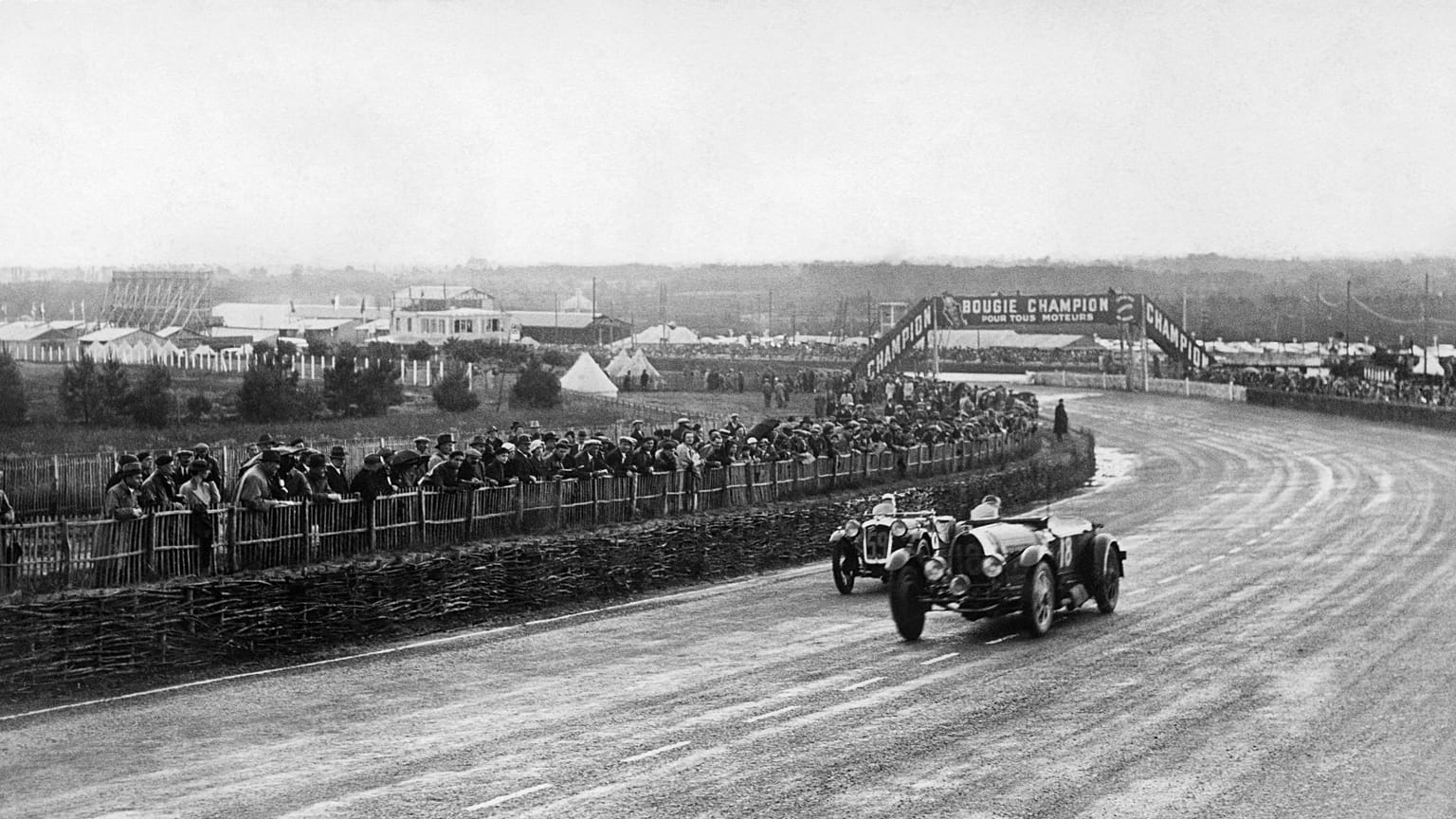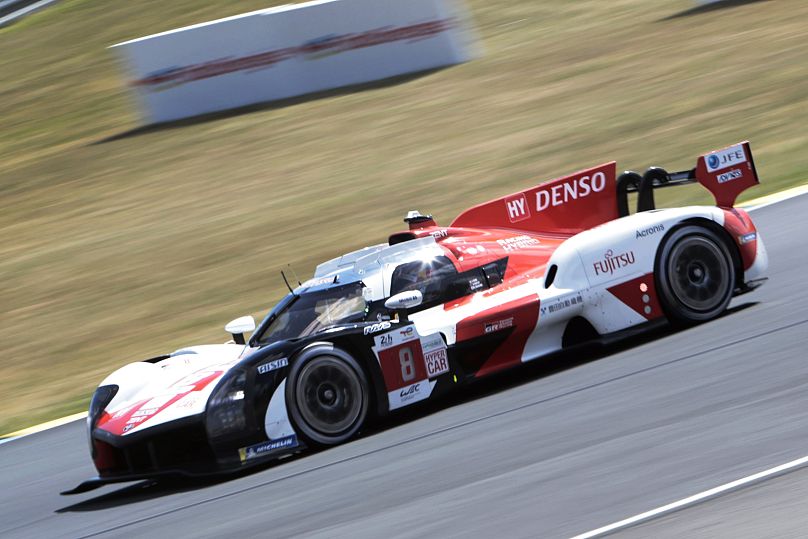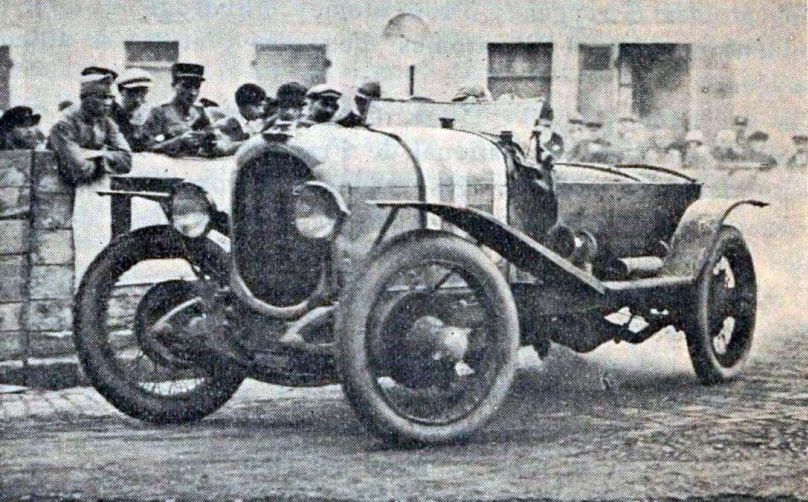26 May 1923: The first 24 Hours of Le Mans takes place
Happy 100th birthday to the oldest and longest running endurance motorsports race, the 24 Hours of Le Mans. Taking place at the Circuit de la Sarthe in the city of Le Mans, France, teams of drivers compete to see who can do the most laps of the circuit over a single day.
The 2023 edition of the annual race will be the 91st time the event is run and will be held on 10-11 June. Last year’s race was won by a team of drivers including ex-F1 drivers Sébastien Buemi and Brendon Hartley, as well as Ryō Hirakawa in a Toyota GR010 Hybrid which completed 380 laps with a fastest qualifying lap of 3:24.408 secs around the 13.626 km circuit.
For today’s Re-View, let’s go all the way back to 1923 for the first ever time the race was run.
The Circuit de la Sarthe was already well established as a racing track by the early 20s with annual French Grand Prix taking place since 1906. The track trailed around the outskirts the city of Le Mans with a key feature of the track being the long straight road that reached as far as the nearby village of Mulsanne.
19 French manufacturers and one British manufacturer took part in the initial endurance race totalling 37 teams. The original idea of the race would be a three-part event. The eventual winner would be decided by who had covered the farthest distance across the Le Mans event and two subsequent events – an idea that was abandoned after 1928.
Cars competed across four categories from “Very Large Engines” to “Small-sized Engines”. Some of the biggest engined cars included the Torpédo bodystyle B3-6 Lorraine-Dietrich capable of reaching up to 145 km/h.
The initial race was a rain-sodden affair. The starting flag flew on this day at 4pm moments after a hailstorm had ended. The traditional start – abandoned in the 60s – had the cars lined up by size of engine with the drivers in the pits. As the flag dropped, drivers ran to their cars to get in and start their engines. Despite the rain, most drivers weren’t even wearing goggles back then.
The rain and mud-soaked track was increasingly hazardous as the race continued into the night. Multiple cars didn’t make it through the darkness with stones puncturing fuel tanks and headlights.
Nonetheless, as the next day surfaced, drivers continued with their herculean task. By the time the chequered flag flew again at 4pm the next day, 30 cars were still going.
Frenchmen André Lagache and René Léonard were the inaugural victors completing 128 laps in their Chenard-Walcker Type U3 15CV Sport. The fastest lap was set by the British team in a Bentley by Frank Clement who completed a lap of the track in 9:39 secs at an average speed of 107.33 km/h.




















